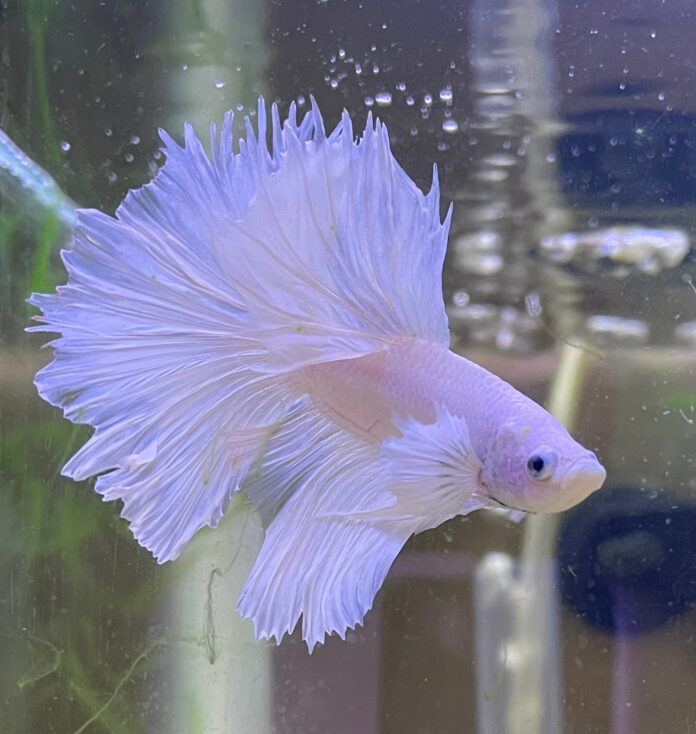Discover the Astonishing Beauty and Singular Traits of White Betta Fish!
Betta fish are beautiful and unique, making them a great addition to your fish tank. They come in various colors, patterns, and tail shapes, making them stand out.
Many betta fish have a mix of colors and patterns, but finding solid-colored ones, like white betta fish, is more uncommon. These stunning creatures can captivate you for hours with their beauty.
However, betta fish are known for being aggressive and territorial. To prevent this, there are some things you can do, which you can learn about in our betta fish guide. There are also other important things to know, such as what your betta fish needs.
Here, you can find the exact ways to care for your betta fish. This basic guide can help ensure that your beautiful betta is well taken care of and lives a long, happy life.
So, let’s dive right in.
Giving Your White Betta Royal Treatment with a Dream Home Setup
Before bringing home your white betta, it is important to have the right tank setup in place. This will not only ensure their well-being but also enhance their natural beauty. Let’s take a look at some key factors to consider when setting up the perfect home for your white betta fish.
Transform Your Space With The Right Tank Size And Shape
The ideal tank size for a Betta fish is at least 2 gallons, but it’s best to aim for a tank between 5 and 10 gallons. If possible, a larger tank is always better.
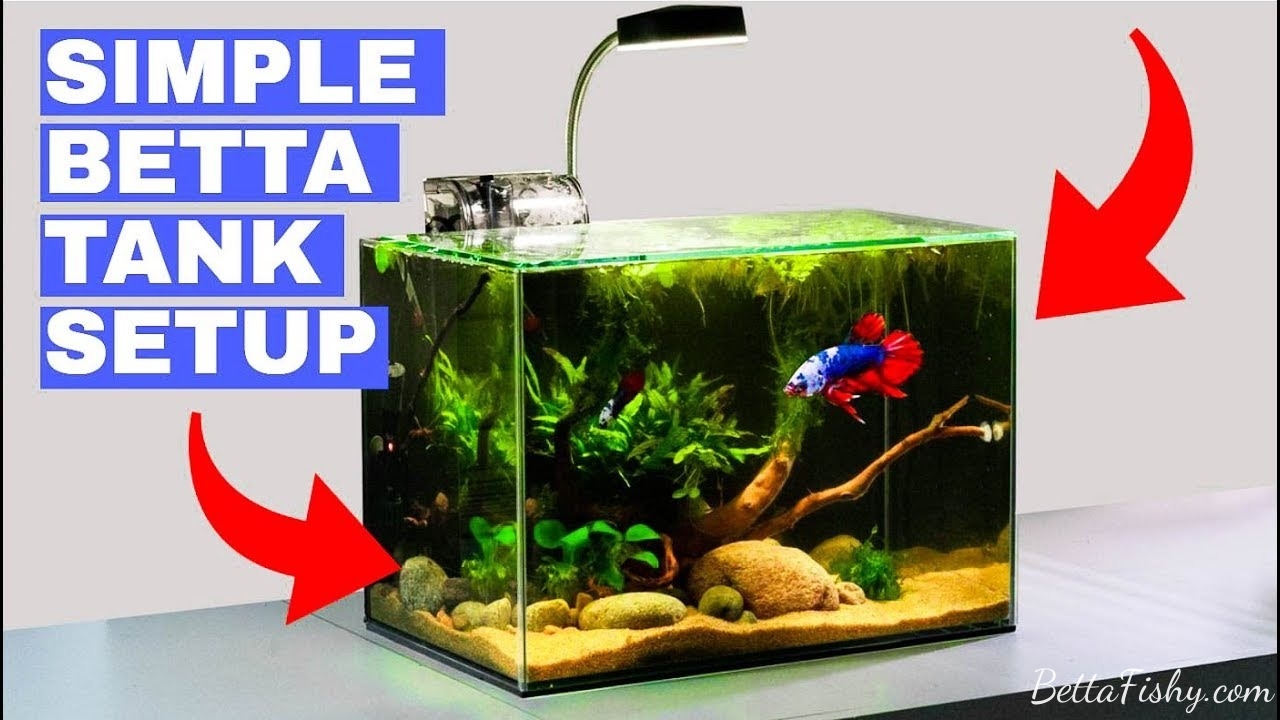
Before introducing your Betta fish to its new tank, wait a few weeks for the tank to properly cycle. This allows good bacteria to form and prevents harmful levels of ammonia and nitrate that could harm your fish.
Cycling your tank also helps prevent health issues for your fish and typically takes about a month to complete.
Once the tank is cycled, add substrate, a filter system, air pump, thermostat, heater, and clean decorations and plants to keep your fish entertained. Bettas enjoy exploring, so adding hiding spaces like plants can also improve the oxygen quality in the tank.
Finally, add water to the tank and adjust the temperature, pH, lighting, and filtration system before introducing your Betta fish.
How To Create An Ideal Water Habitat
White bettas are tropical fish and require warm water to thrive. The ideal temperature for their tank is between 78-82°F (25-28°C). You can use a heater to maintain a consistent temperature in the tank. It is also important to have a thermometer to monitor the water temperature regularly.
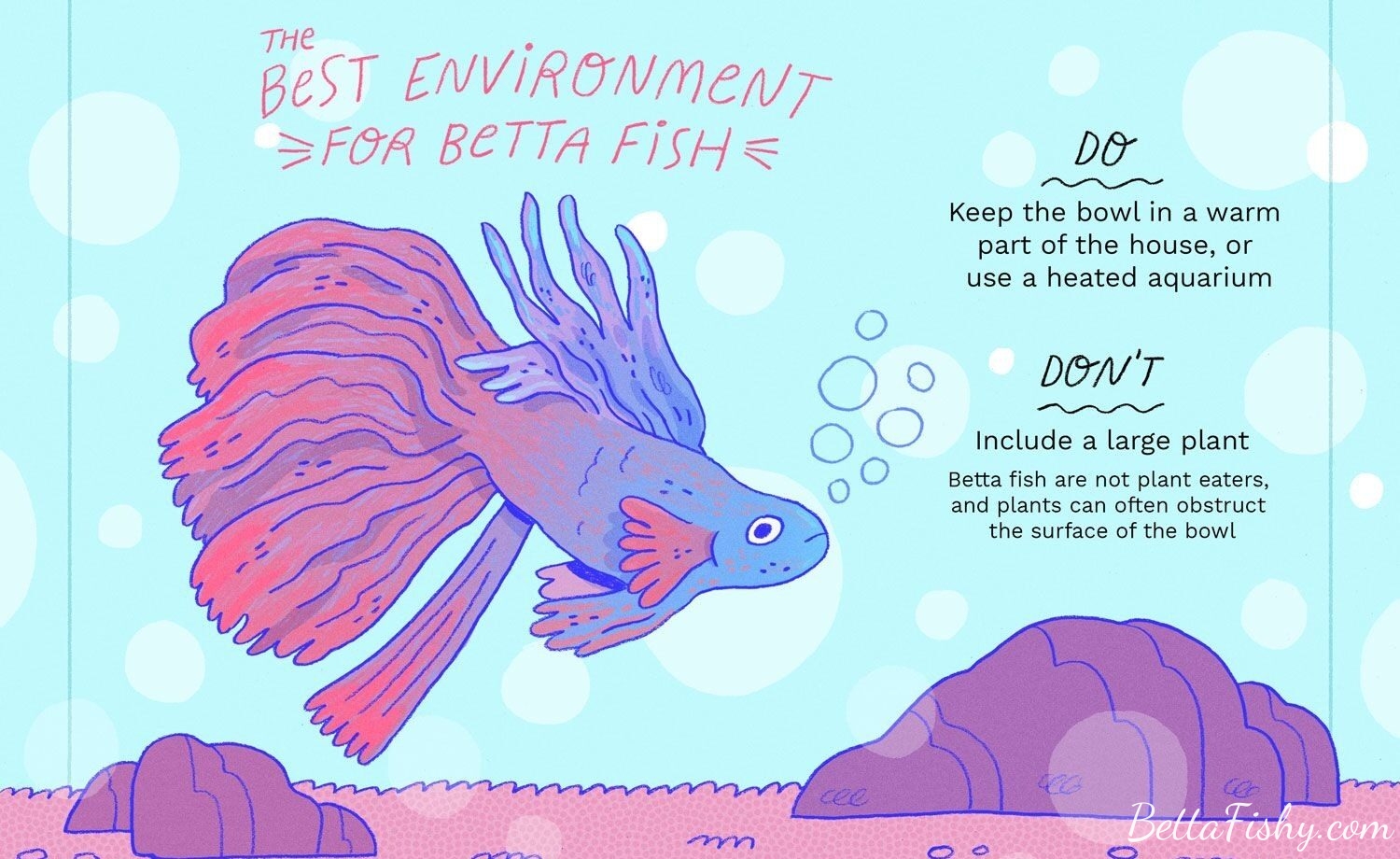
The water in your white betta’s tank should be clean and free of chlorine and other chemicals. You should use a water conditioner to remove chlorine and other chemicals from the water. This will ensure that your betta is not exposed to harmful substances that can affect their health.
Adding plants to your betta’s tank is not only aesthetically pleasing but also serves a practical purpose. Plants provide hiding places for your betta, reducing stress levels and promoting a more natural environment. They also help oxygenate the water, which is essential for your betta’s well-being.
Boost Your White Betta Fish Health with Optimal Feeding and Nutrition!
A well-balanced diet is crucial for the overall health and longevity of your white betta fish. In the wild, bettas are carnivorous and feed on insects and small crustaceans. In captivity, they can be fed a variety of foods, including pellets, flakes, frozen or live foods.
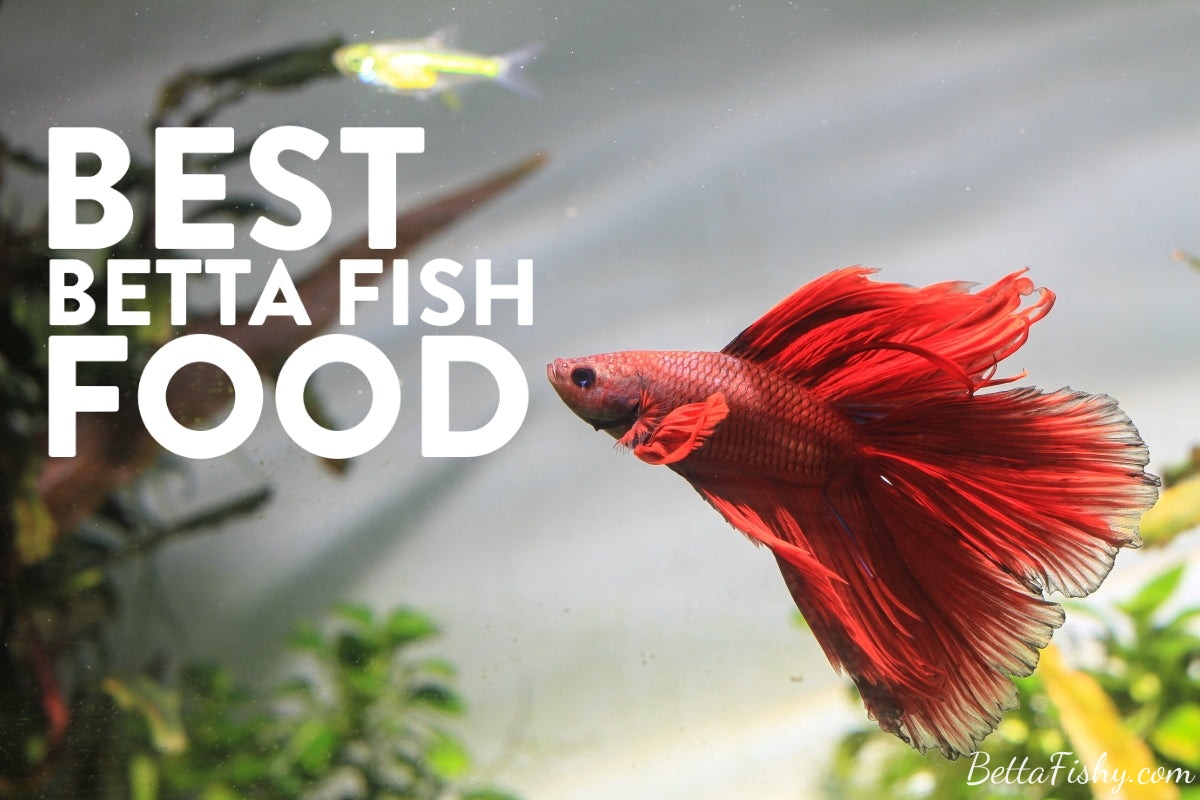
When choosing a food for your betta, make sure it is specifically formulated for bettas and contains high-quality ingredients. Pellets are a popular choice as they provide all the necessary nutrients in one convenient package. However, it is important to vary their diet by occasionally offering live or frozen foods such as bloodworms or brine shrimp.
It is recommended to feed your betta twice a day, giving them only what they can consume in 2-3 minutes. Overfeeding can lead to health issues such as bloating and constipation. It is also important to remove any uneaten food after feeding to maintain water quality.
Experience Blissful Living Through Regular Care & Maintaining Clean Spaces
Proper care and maintenance of your betta’s tank are essential for their health and well-being. Here are some tips to help you keep their environment clean and healthy.
Routine Checks Can Elevate Your Water Quality
Regularly testing the water in your betta’s tank is crucial for maintaining a healthy environment. The three main parameters to monitor are ammonia, nitrite, and nitrate levels. Ammonia and nitrite should always be at 0 ppm, while nitrate levels should be kept below 20 ppm.
You can use test kits or take a sample of water to your local pet store for testing. If any of the parameters are off, it is important to take immediate action to correct them. This may involve partial water changes or adding beneficial bacteria to the tank.
It is also important to regularly clean the tank and its decorations. Use a gravel vacuum to remove any debris from the substrate and change 25% of the water every week. This will help maintain a healthy balance in the tank and prevent the buildup of harmful substances.
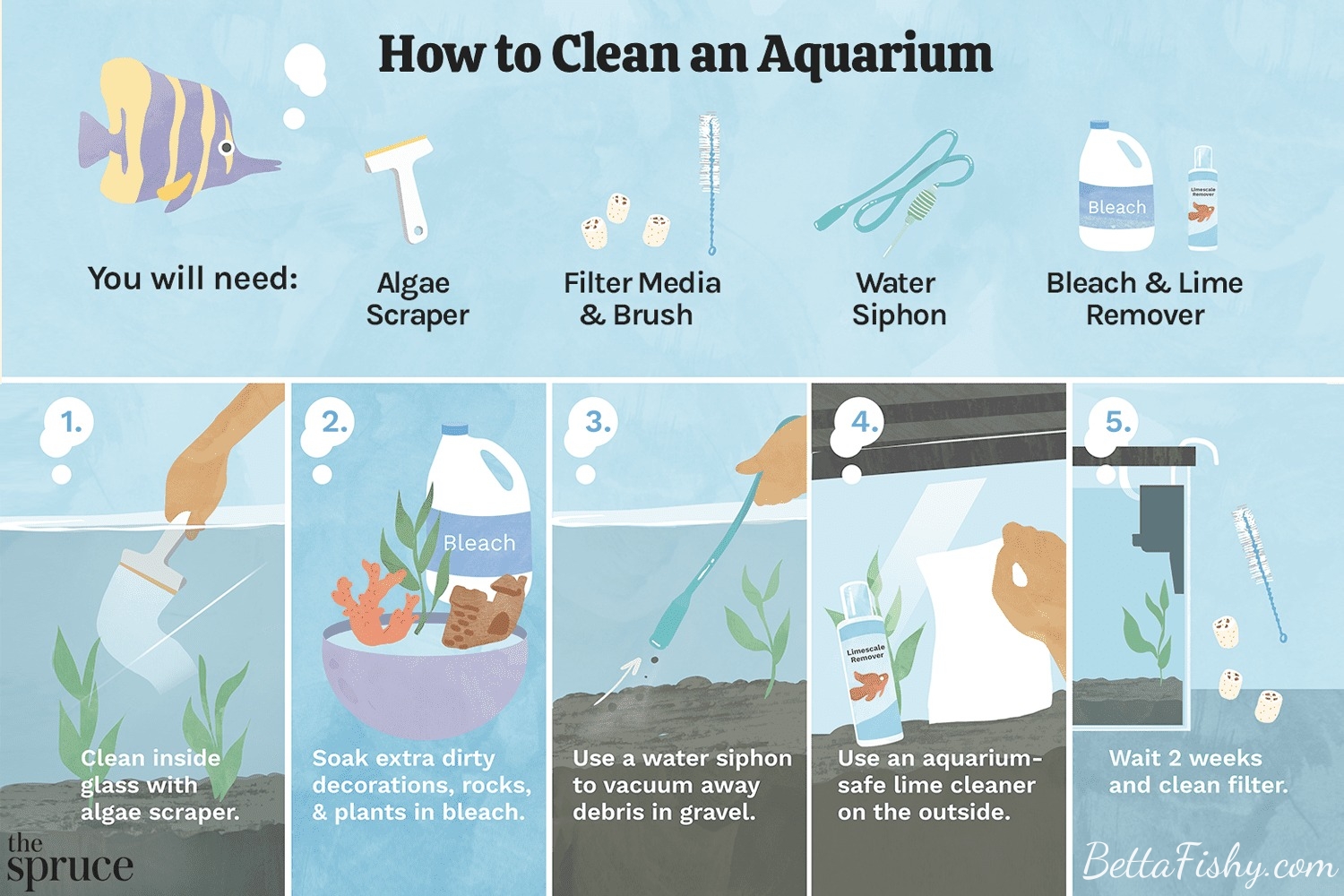
Conquer Common White Betta Sicknesses With Proven Prevention Methods
Despite your best efforts, your white betta may still experience health issues. It is important to be aware of common health problems and how to prevent and treat them.
Fin Rot
Fin rot is a bacterial infection that affects the fins and tail of bettas. It is caused by poor water quality and can be prevented by maintaining a clean tank and monitoring water parameters regularly. If your betta shows signs of fin rot, such as frayed or discolored fins, it is important to immediately address the issue by improving water quality and using medication if necessary.
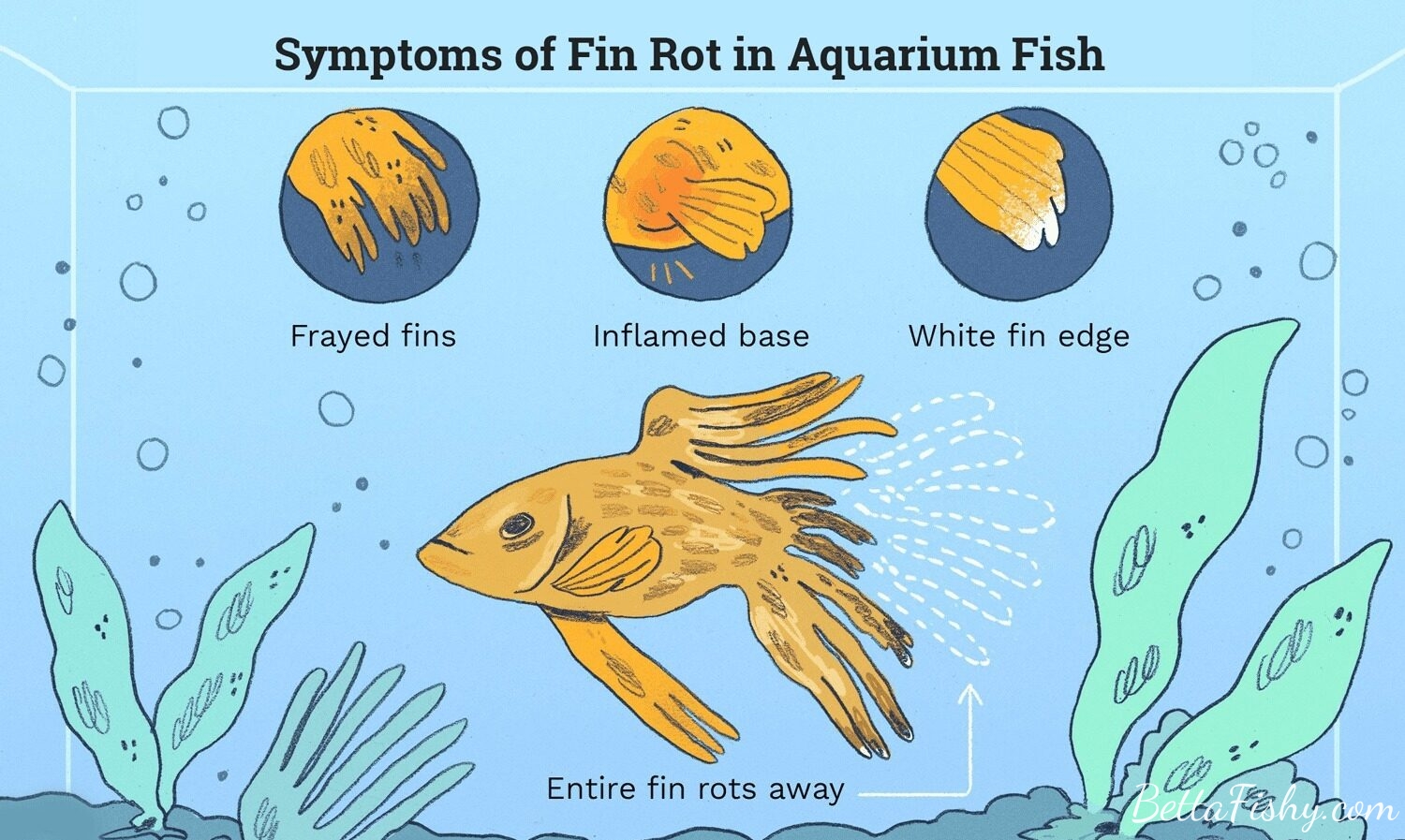
Ich
Ich, also known as white spot disease, is a parasitic infection that causes small white spots on the fish’s body. It is highly contagious and can be fatal if left untreated. To prevent ich, make sure to quarantine any new fish before introducing them to your betta’s tank. Treatment: Isolate the affected fish, introduce freshwater aquarium salt, and opt for a specialized ich medication, raising the tank’s temperature to 86°F (30°C) for a few days.
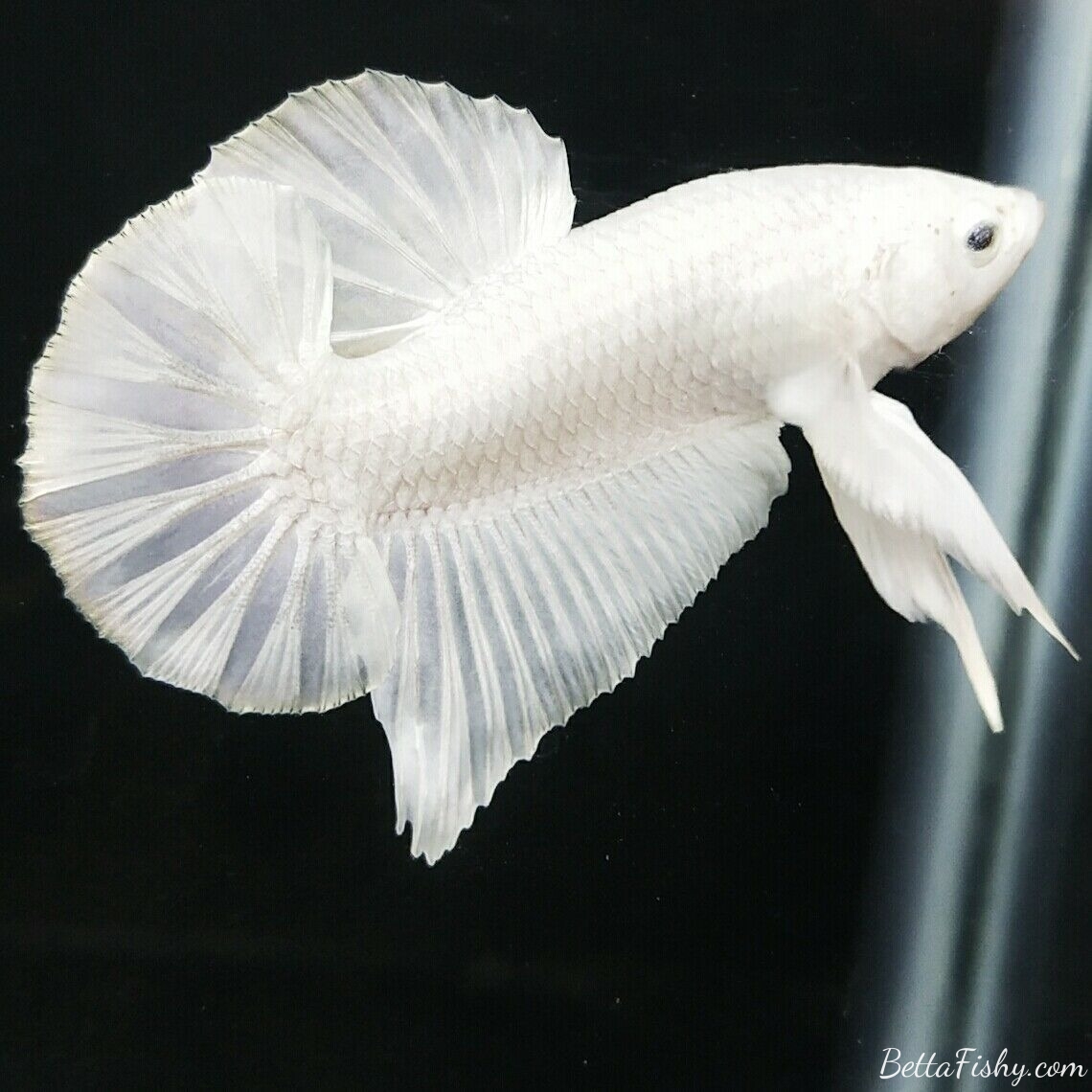
Dropsy
Dropsy is a serious condition that affects the betta’s internal organs. It is characterized by a bloated appearance and pinecone-like scales. Dropsy is often caused by poor water quality or a bacterial infection. If you notice any signs of dropsy in your betta, seek a trusted commercial antibacterial solution as directed.
Conclusion: Mastering Care for a Brilliant, Calm Life with White Bettas
White betta fish are not only beautiful but also have unique personalities that make them a joy to own. By following the tips outlined in this comprehensive guide, you can provide your white betta with a happy and healthy life. Remember to choose the right tank size and setup, maintain a clean and healthy environment, and provide a balanced diet for your betta. With proper care and attention, you can enjoy the beauty and serenity of these stunning fish for years to come.

